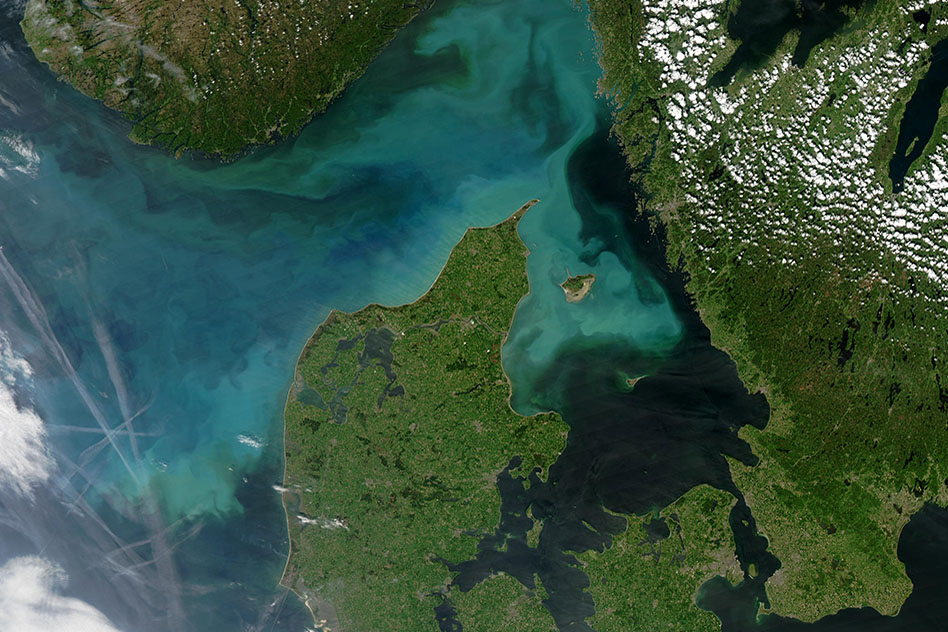
Mapping out a low-carbon future
Water scarcity, air pollution and climate change
Projecting the impacts of land-use change
These recent headlines reflect the breadth of the MIT Joint Program on the Science and Policy of Global Change. They draw attention not only to climate change, a topic with which the Joint Program has been associated for more than 25 years, but also to changes in energy consumption, water availability, air quality and land use. In recent years the Joint Program’s research portfolio has expanded considerably, leading the Program to redefine its work in terms of seven research focus areas and four research tools.
The seven research focus areas include food, water and forestry; infrastructure and air pollution; natural ecosystems; energy; Earth system science; climate policy; and regional analysis for the Americas, Asia, Europe and Africa. The four research tools consist of analytical methods to quantify risk at global and regional scales, and three Joint Program models covering the Earth system (the MIT Earth System Model (MESM)), human system (the MIT Economic Projection and Policy Analysis (EPPA) model) and a global framework (the Integrated Global System Modeling (IGSM) framework) that simulates the interplay between Earth and human systems.
“Most of our work will fall in more than one of these broad categories, and likely several of them,” says Joint Program Co-Director John Reilly. “As we accept the reality of global environmental change and the Earth as a system that’s continuously impacted by human activity, our research must become more granular. This granularity is intended to enable decision-makers to more easily develop effective strategies to limit our impact on the environment and adapt to unavoidable changes.”
Toward that end, the Joint Program has developed a new website that places these categories front and center. Launched today, the new http://globalchange.mit.edu/ enables visitors to learn about advances the Program is making in its seven core research focus areas and in the development of four main research tools used to project changes in those seven areas.
While the homepage highlights the breadth of the Program’s research portfolio, the landing pages for the seven research focus areas and four research tools showcase the depth of the Program’s work. Each landing page includes an introduction to the topic; the latest publications, news and media coverage; active research projects; and researchers associated with the research focus area or tool.
Visitors may also access reverse-chronological-order displays of all of our research publications; signature publications—our triennial Global Changes newsletter and annual Food, Water, Energy and Climate Outlook; and other news, media and event coverage.
“We believe this new website will allow both the public and our research sponsors to find what they are looking for more quickly, and to better recognize the variety of studies undertaken by our researchers,” says Reilly.
Photo: Phytoplankton bloom off Denmark in 2004 (Source: NASA)

